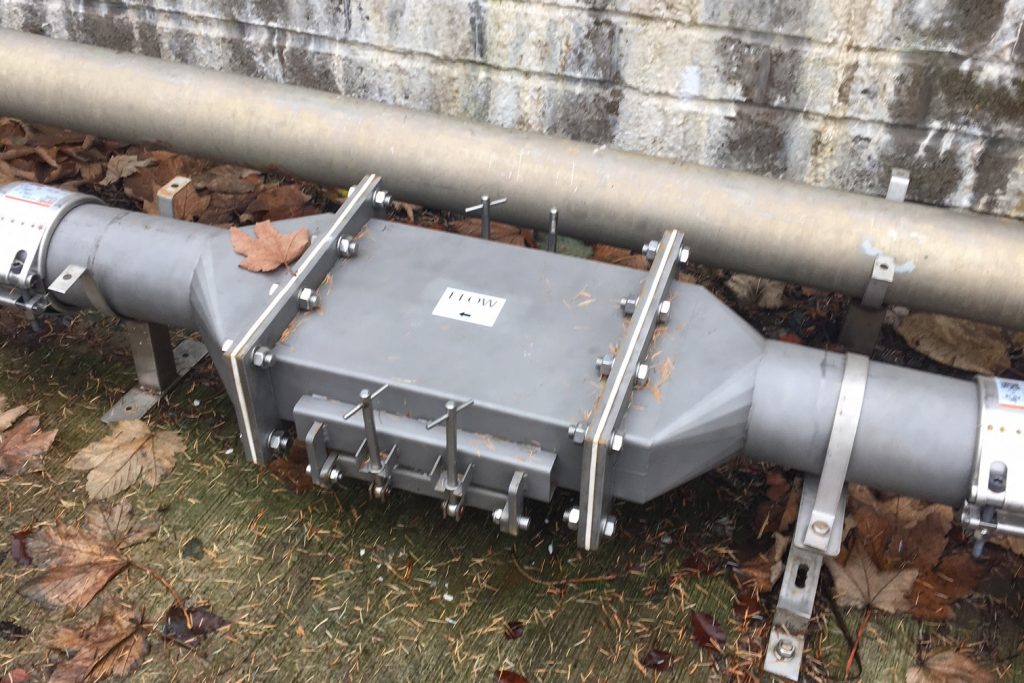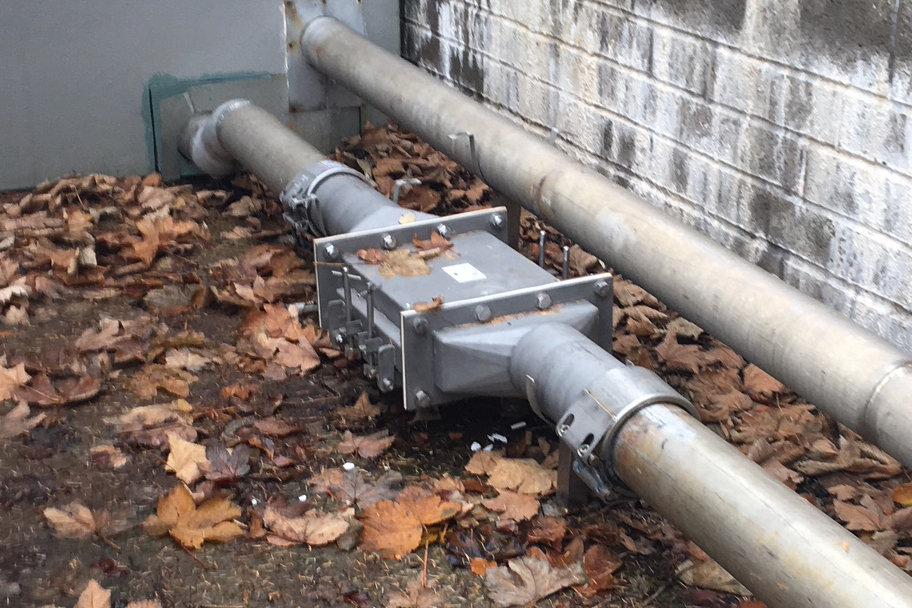Inline Magnets Remove Metal from Potassium Chloride
By Paul Fears | 30 November 2020
A UK processor of Potassium Chloride is using two Pneumatic Inline Magnets (PIMS) to capture and remove small tramp ferrous metal. The metal is removed early in the process, as the dry material is being pneumatically conveyed, to prevent damage to processing equipment including the crusher. The two PIMS installed at the Potassium Chloride processing plant are both located outdoors.

- Technical Product Information: Pneumatic Inline Magnet
Potassium Chloride (KCl) is a metal halide salt composed of potassium and chlorine. The salt has a number of applications including being an additive in medicines to treat low blood potassium, and in food processing as a substitute for salt. However, the main use is as a fertilizer in the form of potash. For all the applications, it is critical that the finished product is free of any metal contamination.

Pneumatic Inline Magnet Specification
The two Pneumatic Inline Magnets (PIMS) selected and supplied for the project are identical in specification:
- 150mm (6″) inlet and outlet;
- Overall length: 1320mm;
- Both PIMS feature high intensity Neodymium Rare Earth Plate Magnets with tapered steps. This enhances the magnetic intensity and provides a secure collection area for captured ferrous metal;
- 316 Stainless Steel food-grade housing and contact parts designed to prevent salt-induced corrosion;
- Suitable for pressurised pipelines up to 15 psi;
- Mounted horizontally;
- Simple swing-arm mechanism for each cleaning of captured ferrous metal from the face of the Plate Magnet;
Advantages of the In Line Magnet
The Inline Magnet is a popular magnetic separator as it allows material to flow without restriction. In operation, either pneumatically transported or gravity-fed material passes over the face of a strong Neodymium Rare Earth Plate Magnet. The magnet face has a tapered step, which enhances the magnetic field. This step also securely holds captured ferrous metal behind the ledge out of the material flow. Periodically, on a maintenance frequency dependent on the level of metal contamination, the captured ferrous metal is manually removed from the face of the Plate Magnet.
The selection of a magnetic separator or metal detector for any application depends on the installation and separation objective. Bunting’s applications engineers use years of experience to recommend the optimum solution for any metal-contamination problem.
Related Inline Magnet Articles
- Inline Magnet Pros and Cons
- 42 In Line Magnets Ensure Baby Food is Metal Free;
- Plastics Producer Purchases 6 In Line Magnetic Separators;
For further information on the Bunting Inline Magnet or to discuss a specific metal contamination problem, please contact our technical sales team on:
Email: Gordon Kerr at GKerr@buntingmagnetics.com
Telephone: +44 (0) 1527 65858
Follow us on social media




